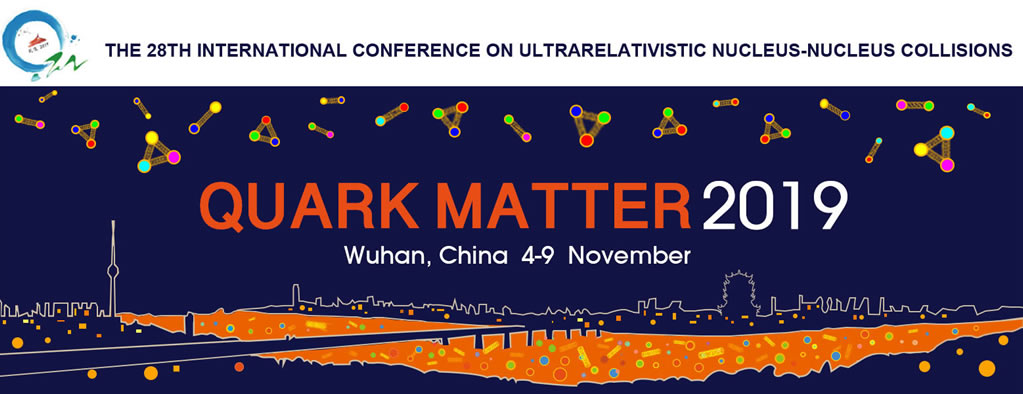Speaker
Description
A remarkable achievement of the relativistic heavy-ion program is the realization that relativistic fluid dynamics can describe the evolving system of quark-gluon plasma (QGP) from its early moments to a time when the growing mean-free-paths drive the system out of equilibrium. The effectiveness of this hydrodynamic description is judged by comparing calculated hadronic observables with experimental measurements. Alternatively, electromagnetic radiation could be considered a more distinguishing signal as it is emitted throughout the evolution of the hadronic system. Considerable work has gone into the calculation of photons [1] and dileptons [2] using modern hydrodynamic approaches, however, the calculation of the electromagnetic emissivity of the pre-hydro stage is currently less advanced.
In this talk, we use a transport approach that models the time-evolution of gluons and fermions by solving coupled Boltzmann transport equations in the diffusion approximation [3]. The transport equations are solved numerically to study how the system relaxes towards equilibrium. The initial state is a gluon distribution of a form inspired by the colour glass picture, where quarks and anti-quarks are then generated through interactions. The early stage evolution is modeled by a 1D expansion, during which non-equilibrium parton interactions can also produce real and virtual photons. We show how reliably these Glasma photons can report on the initial momentum anisotropy of the early parton distributions and on the presence or absence of a transient Bose-Einstein condensate of gluons. Additionally, we show that the non-equilibrium contribution can leave an imprint on the low $p_T$ spectrum of the measured photons and estimate the effect of the anisotropy on the spectrum measured at RHIC and at the LHC (i.e. the photon $v_2$ puzzle). This opens the exciting possibility that measurements of the electromagnetic signal can access fine details of the partonic distributions as they appear during the very first instants of heavy-ion collisions.
[1] Jean-François Paquet, Chun Shen, Gabriel S. Denicol, Matthew Luzum, Björn Schenke, Sangyong Jeon, Charles Gale, Phys. Rev. C93 (2016) no.4, 044906.
[2] Gojko Vujanovic, Jean-François Paquet, Gabriel S. Denicol, Matthew Luzum, Sangyong Jeon, Charles Gale, Phys. Rev. C94 (2016) no.1, 014904.
[3] Jean-Paul Blaizot, Bin Wu, Li Yan, Nucl. Phys. A930 (2014) 139-162.
